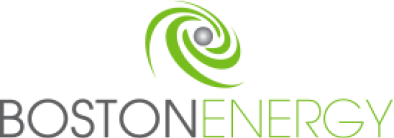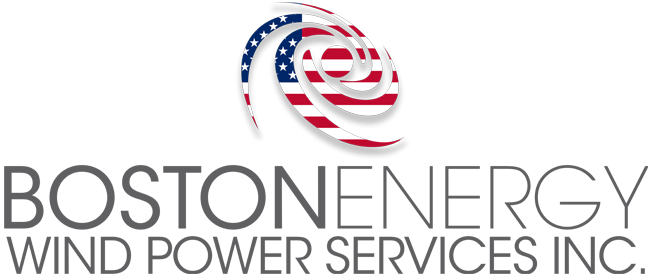Overview
During 2019, Boston Energy signed an agreement with Siemens North America to provide technicians for construction and commissioning projects across the USA and Canada. We setup a business, Boston Energy Wind Power Services, which is incorporated in the State of Rhode Island. We currently have 40+technicians working on a number of onshore wind farms in the USA and Canada. Boston Energy have supported Siemens Gamesa North American since 2019 on 30+windfarms and we provide Technical Field Advisors, Installation Technicians and Supervisors.
Commissioning
Our commissioning technicians are deployed on both new construction wind farms and repowers. They utilize their skill sets across a number of different OEM platforms and turbine types, often on the same wind farms where a variety of platforms have been installed. This presents challenges in itself as they have to work with more than one set of work scope –risk assessments/method statements –commissioning checklists –and bespoke tooling and software. Our commissioners have advanced in-depth knowledge of wind turbine operations to work with OEM engineering departments, in order to make modifications and alterations to proprietary wind turbine systems, so that any unforeseen manufacturing quality issues can be engineered out during installation and commissioning so as not to hinder the project delivery. They are often called upon to troubleshoot and resolve all technical system malfunctions that arise throughout the duration of the project. They accomplish this and on numerous occasions, have been requested to remain with the same OEM Team and move from project to project. This shows that our dedicated teams of commissioners are adept at partnership working to deliver their projects on time. We have also supplied complete commissioning solutions to OEMs from the commissioning manager role down to commissioning trainees. This ensures that our knowledge and experience is shared and that we develop our commissioning teams, showing a true career path.
Issue
A new tower platform was released for construction within North America and the following issues arose.
- The construction company’s technicians had not had any opportunity for training on a tower of this type.
- The engineering proposal for the construction and remedial troubleshooting was untested.
- There were numerous inherent faults within the product from the factory production.
Resolution
Boston Energy Technical Field Advisors completed the following actions.
- Page turn meetings were held with the construction company’s supervisors and lead technicians in order to review the scope of work documentation and advise upon how best to complete the project. They were also present with the construction technicians and supervised the lifting and M&E works advising throughout.
- As procedural issues arose during construction, they created documentation for each issue and worked closely with the manufacturers engineers in order to create and deliver a partnership resolution to each issue. They then rectified the issue on each effected tower and thereby reduced any delay penalties.
- Boston Energy’s Lead Technical Field Advisor created and worked with a retrofit schedule to ensure that each tower was completed to specification. Boston Energy’s commissioning technicians ensured that each tower was energized and produced maximum availability at the earliest opportunity.
Outcome
The project was completed and handed over to the end customer’s O&M site staff. Several of our commissioners were requested to remain and assist the site staff for several months, in order to disseminate their new expertise on that platform and maximize production.
Result
The valuable contribution that Boston Energy’s technicians provided to the project was recognized by the manufacturer and those technicians were requested by name to assist with other projects involving that platform. The partnership approach, site-based testing and fault resolution was identified as best practice and rolled out to other similar projects within the United States and Canada.



